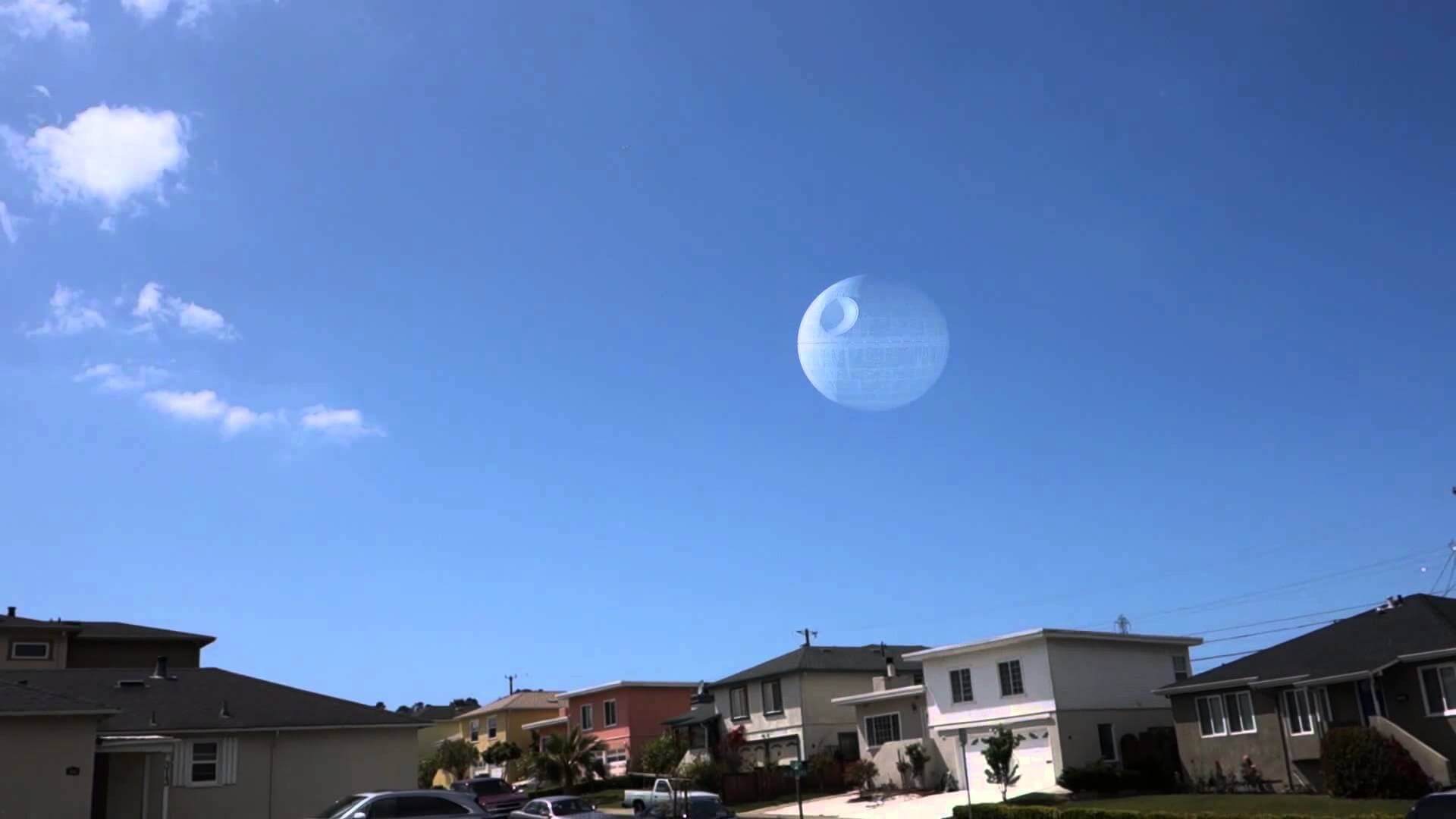In context: Because one is just not enough, China wants to put a second moon into orbit. The project is meant to eliminate street lamps and save electricity. The controllable moon could also be useful during disasters and blackout situations.
Engineers in Chengdu are preparing "illumination satellites" to be launched into orbit, noted state-run media outlet People's Daily on Friday. The first will launch from Xichang Satellite Launch Center in Sichuan, China in 2020. If successful, three more will follow in 2022. Development and testing of the satellites started several years ago but has only been finalized recently.
Wu Chunfeng, head of Tian Fu New Area Science Society, the organization responsible for the project says, once the project is complete the man-made moon will be eight-times brighter than the Moon. The luminosity should be enough to replace the streetlights in the 14,300-square-kilometer city of Chengdu.
According to engineers at the Chengdu Aerospace Science and Technology Microelectronics System Research Institute, Earth-based operators of the moon will have very precise control over the illumination. The radius of the reflected light will be adjustable from between 10 to 80 kilometers and can be directed to specific locations within a few dozen meters of accuracy. The city of Chengdu will be the moon's primary focus.
All that is known about the satellites' functionality is that each will have a set of "wings" coated with a highly reflective material. These panels will be adjustable from the ground. The faux moon should easily be visible in China and other locations as a very bright star.
No further details of the spacecraft were released, and a specific launch date has not been announced other than sometime in 2020.
This is not the first time such an idea has been tried. In February 1999, Russia attempted to mount a giant 25-meter mirror on the Mir space station. However, the folding umbrella-like mirror got tangled with an antenna and was ruined.
